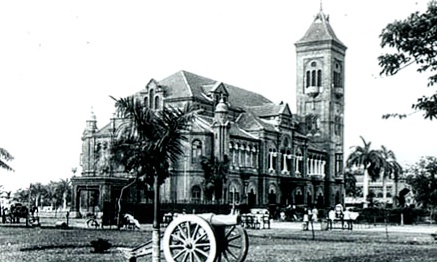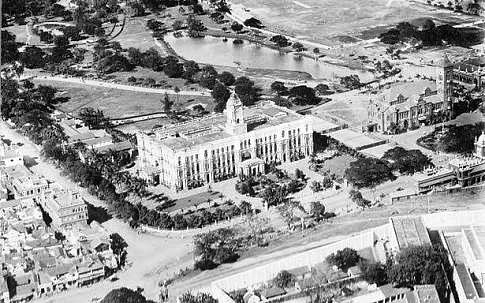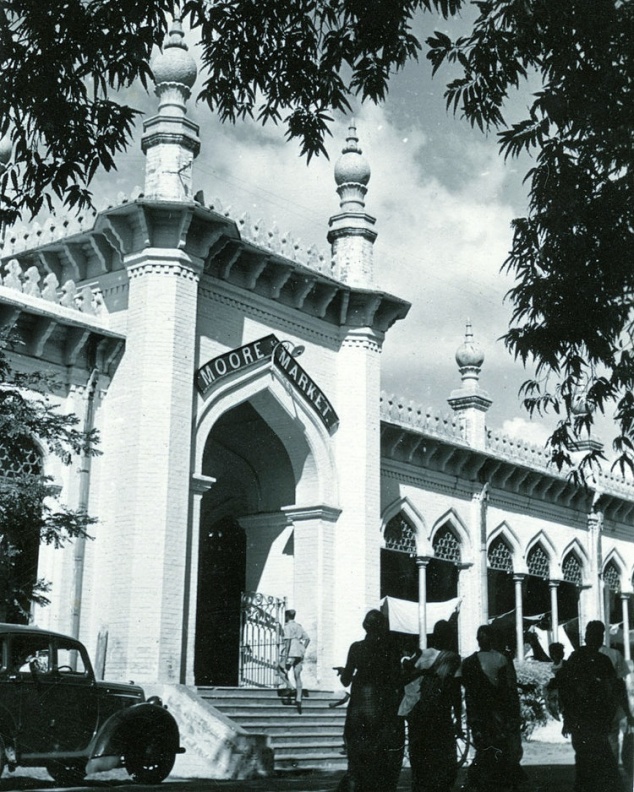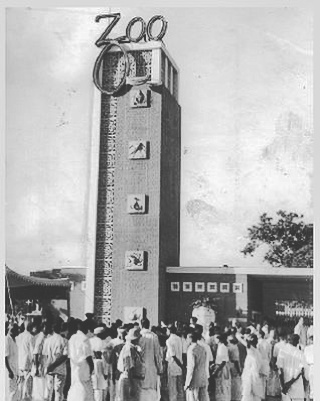Madras has been the pioneer in India for many fields and it was also the go to healthcare destination even while under the British rule. Way back in 1664, the first British hospital in India was set up at Fort St. George, to minister to sick soldiers of the East India Company. It was the initiative of Sir Edward Winter who was an agent of the company that materialised in the first British Hospital at Madras. The Hospital moved out of the Fort after the Anglo French War and it took 20 long years before it could settle in the present permanent place in 1772.
A private medical hall run by Dr. Mortimar was regularised as a medical school and it was opened by, the Governor of Madras on 2nd February 1835. In 1842 the Hospital opened its doors to Indians. It was only in the 1850’s that the school got its status as a college. The Government granted this request and from 1st October 1850 it became Madras Medical College.
Chennai today thrives as an international Hub for Medical tourism and also manages a robust state wide health care system.🚑 And in a way we owe it to those humble beginnings laid by such visionaries. Today even they would put down their heads in shame, as we deprive an equal opportunity in pursuing medicine.
SOURCE: MadrasRediscovered | S.Muthiah





